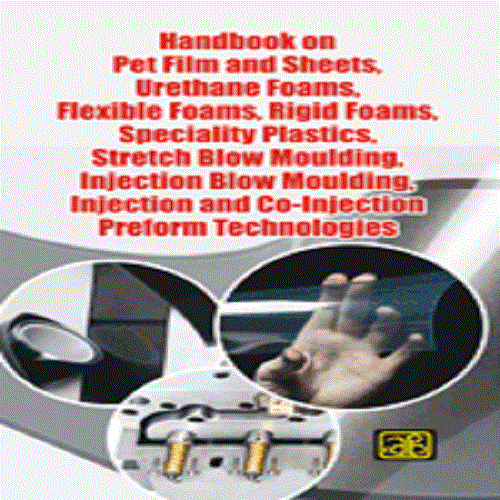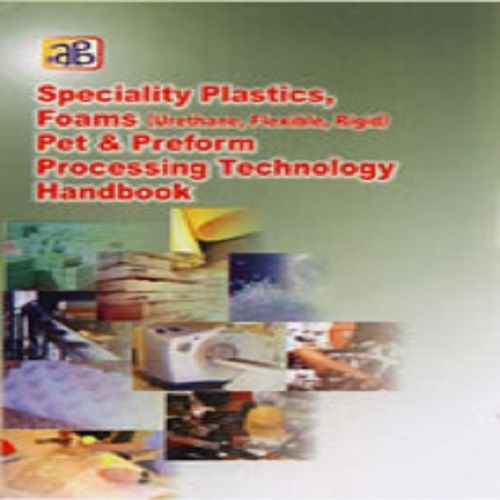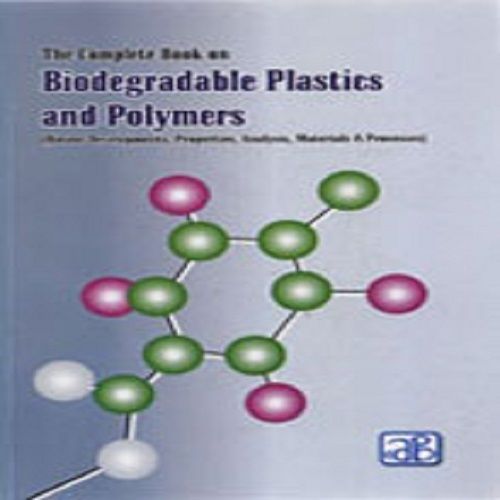Call us: 08042307456
Handbook on Pet Film and Sheets

Product Description
Polyester or polyethylene terephthalate (PET) is an unreinforced, semi-crystalline thermo-plastic polyester derived from polyethylene terephthalate. Its excellent wear resistance, low coefficient of friction, high flexural modulus, and superior dimensional stability make it a versatile material for designing mechanical and electro-mechanical parts. PET is fully recyclable and can be easily reprocessed into many other products for many different applications. However, unlike paper and other cellulose products, PET does not readily decompose. However, biodegradable additives are available that enhance the biodegradation of this plastic without affecting the physical properties.
Formation of a flexible polyurethane foam is an intricate process employing unique hardware, multiple ingredients and at least two simultaneous reactions. The urethane forming reaction occurs between the isocyanate and the polyol. Polyurethanes, also known as polycarbamates, belong to a larger class of compounds called polymers. Polyurethanes can be produced in four different forms including elastomers, coatings, flexible foams, and cross-linked foams. Elastomers are materials that can be stretched but will eventually return to their original shape. They are useful in applications that require strength, flexibility, abrasion resistance, and shock absorbing qualities.
Thermoplastic polyurethane elastomers can be molded and shaped into different parts. This makes them useful as base materials for automobile parts, ski boots, roller skate wheels, cable jackets, and other mechanical goods. When these elastomers are spun into fibers they produce a flexible material called spandex. Spandex is used to make sock tops, bras, support hose, swimsuits, and other athletic apparel. Co-injection is the process of injecting two resins simultaneously through a single gate to form a multi-layer structure. Recently, there has been a re-emergence of interest in co-injection technology spurred on by the development of new resins, barrier systems, controls, and hardware technologies.
Increasing demand of polyethylene terephthalate (PET) from food and beverage sector like in carbonated soft drinks packaging, increase demand for packaged food due to rise in consumption of frozen and processed food, rise in demand for electronics and automotive applications/industries and ecofriendly substitution are the most important driving factors in the polyethylene terephthalate market. Also, rapid urbanization, innovative packaging and high economic growth is contribution in increasing the demand for polyethylene terephthalate regardless of the geographical location.
This book will be a mile stone for its readers who are new to this sector, will also find useful for professionals, entrepreneurs, those studying and researching in this important area.
 English
English Spanish
Spanish French
French German
German Italian
Italian Chinese (Simplified)
Chinese (Simplified) Japanese
Japanese Korean
Korean Arabic
Arabic Portuguese
Portuguese



